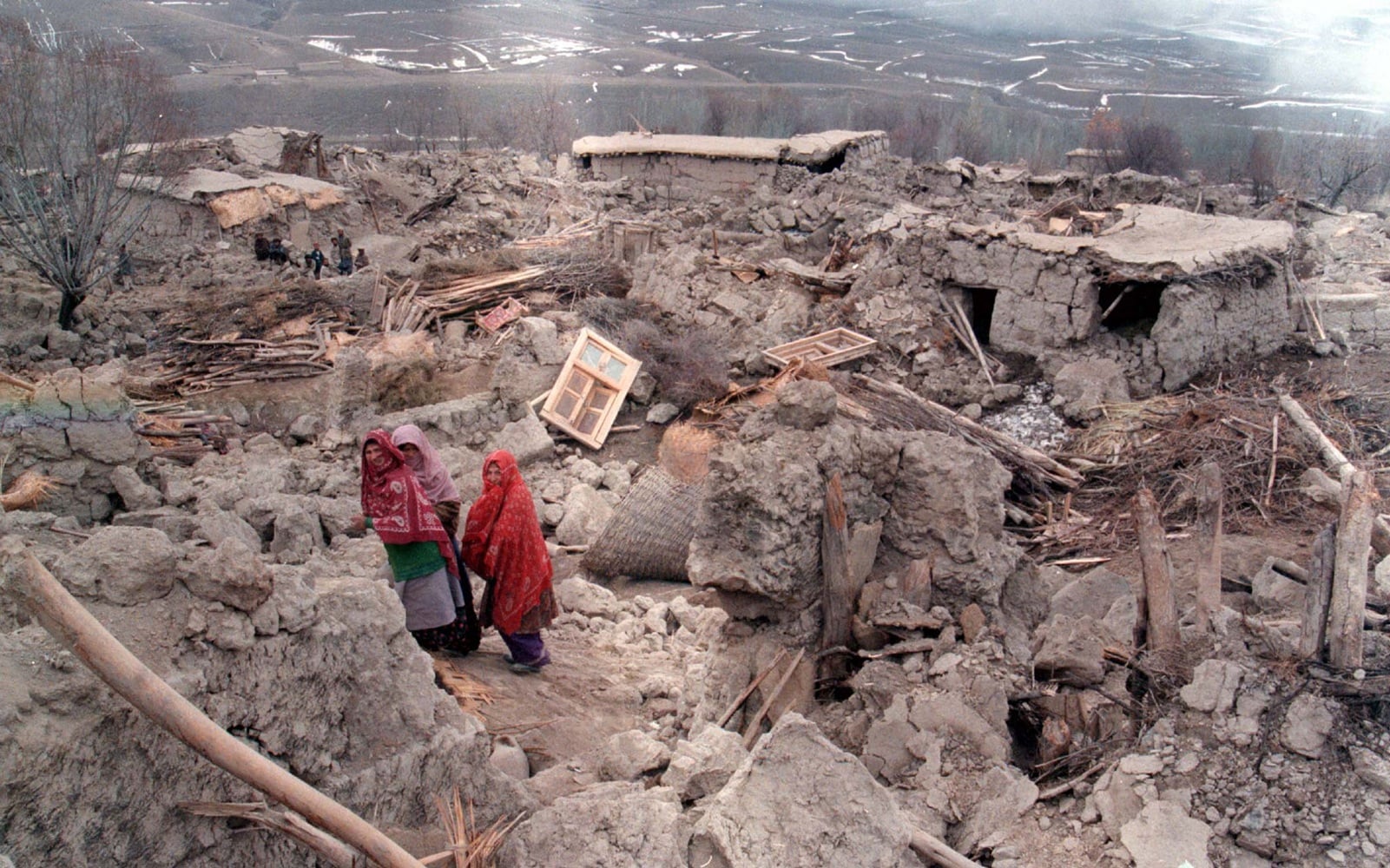Landslide Occurrence Overview
The recent landslide in Uttarakhand, occurring near the revered Kali Mata Temple in Haridwar, stands out as a significant event. This geological event has
caused disruptions to vital train services within the region. The information available indicates that the landslide's impact was primarily infrastructural, causing interruptions in railway operations. Importantly, the incident did not result in any loss of life or injuries, which is a positive aspect amidst the disruption. The focus now turns toward assessing the extent of the damage and planning for the restoration of the affected railway lines, aiming to reinstate regular train services and minimize inconvenience to the commuters. The specific causes behind the landslide, along with the exact area affected, are being analyzed. The quick response from the authorities to manage the situation highlights the importance of safety measures and disaster response capabilities in the region. The area's geographical characteristics, including its susceptibility to landslides during periods of heavy rainfall, will likely be considered when formulating future preventative measures.
Impact on Transport Systems
The most immediate consequence of the landslide near the Kali Mata Temple was the disruption of train services in Haridwar. With railway tracks blocked by the displaced earth and debris, trains were either delayed, rerouted, or canceled, impacting commuters and freight transport. The disruption has highlighted the vulnerability of transportation networks to natural disasters. This situation also brings to the fore the essentiality of robust infrastructure and contingency plans to manage and recover from such disruptions. The impact of service interruptions extended beyond immediate inconvenience to travelers; it also had economic implications. Delayed or canceled trains can affect the movement of goods, thus impacting local businesses and the larger regional economy. Authorities will assess the specific financial implications and implement measures to mitigate further negative effects. Emergency response teams and railway personnel were immediately deployed to the affected area, working to clear the tracks and assess the extent of the damage, allowing authorities to plan for the restoration of regular services.
Safety and Response Efforts
The primary focus in the wake of the landslide was the safety of individuals in the affected area. Fortunately, no injuries or fatalities were reported. This outcome underscores the efficiency of existing safety protocols and the immediate responses implemented. The prompt deployment of emergency services, including rescue teams and medical personnel, underscored the authorities' commitment to public safety. These teams began immediate assessment and remediation efforts. Clearing the railway tracks of debris was a priority, a task involving specialized machinery and skilled personnel. In addition to clearing operations, assessments of the structural integrity of the railway lines and surrounding terrain were undertaken. This work is critical for ensuring the safety and viability of the railway line once services are restored. The authorities' immediate response demonstrated an ability to manage crisis situations efficiently, showcasing the importance of preparedness in areas susceptible to natural disasters like landslides. As work proceeds, any further updates regarding the restoration of train services and improvements will be promptly announced by relevant authorities.
Future Mitigation Strategies
Looking ahead, the recent landslide near the Kali Mata Temple emphasizes the necessity of implementing more effective mitigation strategies in Uttarakhand. The authorities and relevant agencies will likely review the event to better understand the causes of the landslide, which may involve examining factors such as geological characteristics, rainfall patterns, and any anthropogenic impacts. This will give rise to improved early warning systems that enable timely alerts and evacuations when necessary. The focus will shift to implementing infrastructural improvements, like strengthening slopes, enhancing drainage systems, and constructing retaining walls to reduce the likelihood of future landslides. Investing in research and development focused on understanding landslide mechanisms and developing effective preventive measures is also essential. Furthermore, ongoing public awareness campaigns should educate the population about the risks of landslides, what to do in case of an event, and the importance of compliance with safety regulations in susceptible regions. The lessons learned from this event will prove critical in safeguarding the region's infrastructure, and minimizing risks in future incidents.














